5 Tips on Shopping for a Stainless-Steel Sink
From making sure it's just the right depth to, yes, checking
out its soundproofing, here are five things to consider when buying a
stainless-steel sink
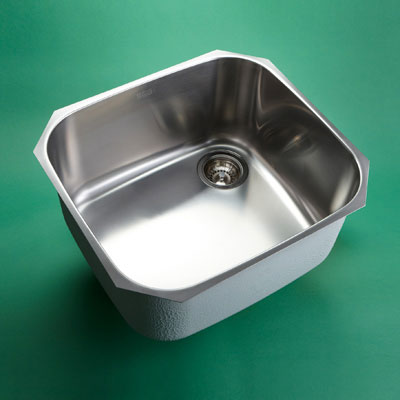
Photo: Alison Rosa
Stainless steel is an obvious choice for a kitchen sink
because it cleans up quickly and has a great pro look. But once you get past
the key design questions—one bowl or two, undermount or overmount—you want to
base your buying decision on other, less obvious factors that affect quality
and value. So we canvassed the experts for their tips. Read on for five ways to
see beyond a shiny surface.
Shown: Franke GNX11020 undermount sink
Shown: Franke GNX11020 undermount sink
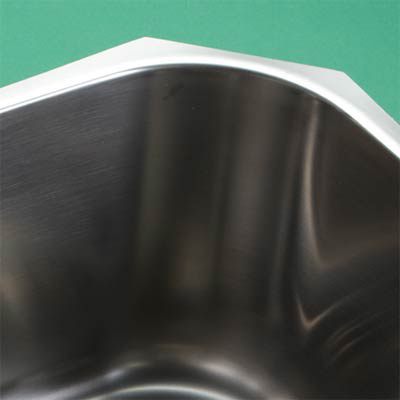
Photo: Alison Rosa
You want the strong, silent type, which is
characteristic—counter intuitively—of the lowest and thus best gauges. No need
to lose sleep over 16- versus 18-gauge, but when you get up to 22-gauge the
metal is more prone to denting and vibrating, and less able to handle a garbage
disposer. High-gauge drop-ins can be especially thin around the edges, making
them ill equipped to support the heavier weight of a quality faucet.
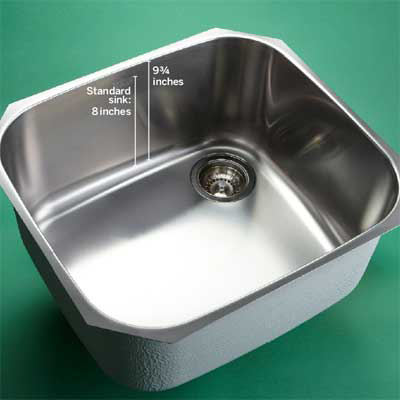
Photo: Alison Rosa
Six-inch-deep basins are cheap to make, but they splash and
can't hold much. A 9- or 10-inch sink, on the other hand, holds lots—a big plus
when countertop space is limited. Keep in mind that an under mount ends up
another inch or so lower, which could strain your back—at which point you might
consider investing in a basin rack. Shape matters too. You get more volume with
square corners, straight sides, and a flat bottom, but soft angles allow for
easy cleaning and good drainage.
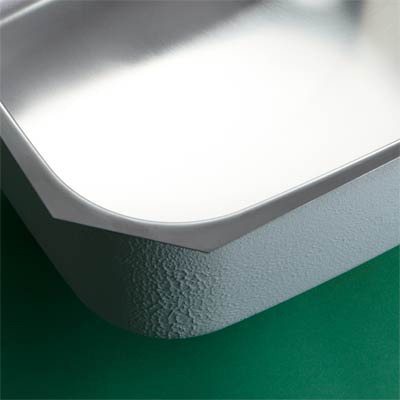
Photo: Alison Rosa
Look for rubbery under coatings and pads, which deaden the
sound of running water and clattering silverware, and also reduce condensation
in the base cabinet. If the sink sounds like a steel drum, it's either
lightweight or naked—or both.
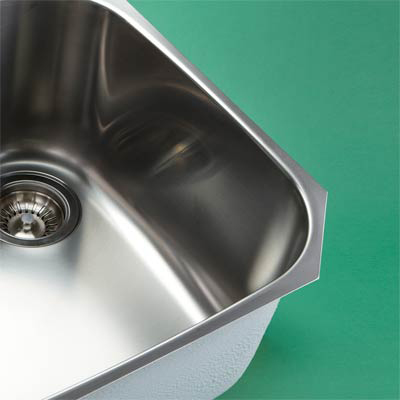
Photo: Alison Rosa
Stainless steel is ranked to reflect its contents. You want
300 series, or about 18 percent chromium and 8 percent nickel for optimal
corrosion and stain resistance. The sink should also have a lustrous satin
finish, which will develop a better patina over time than matte-finish
stainless steel. Tip: If the sink holds a magnet, it is not 300 series.
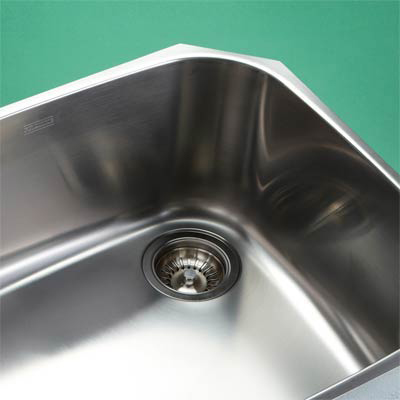
Photo: Alison Rosa
Some sinks come with drain assemblies and baskets, and some
don't. There's location and design to consider too. Toward the back means more
usable space in the base cabinet and better drainage when dishes are piled in
the sink. A rear drain to the left or right—as seen here—is better yet.
By DEBORAH BALDWINTHIS OLD HOUSE MAGAZINE

No comments:
Post a Comment